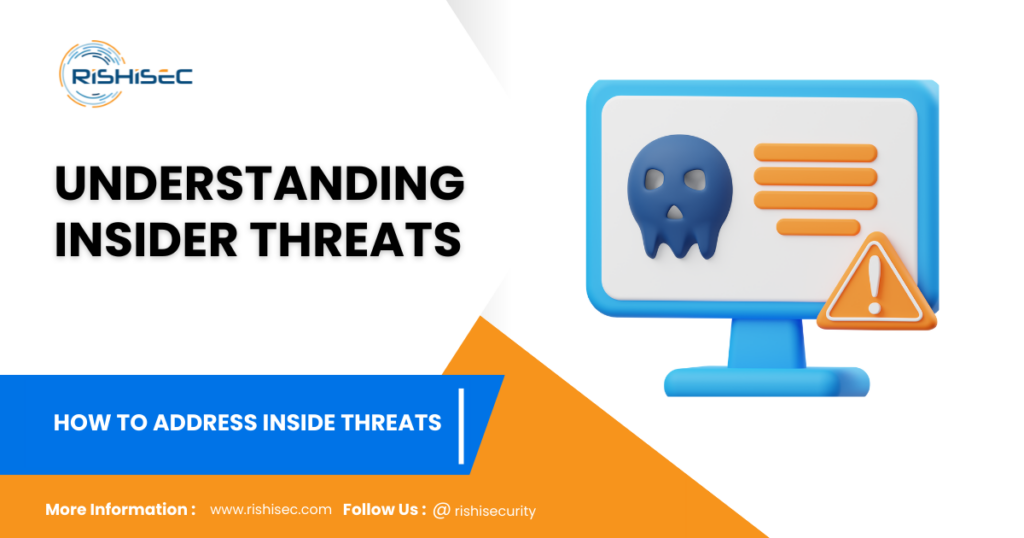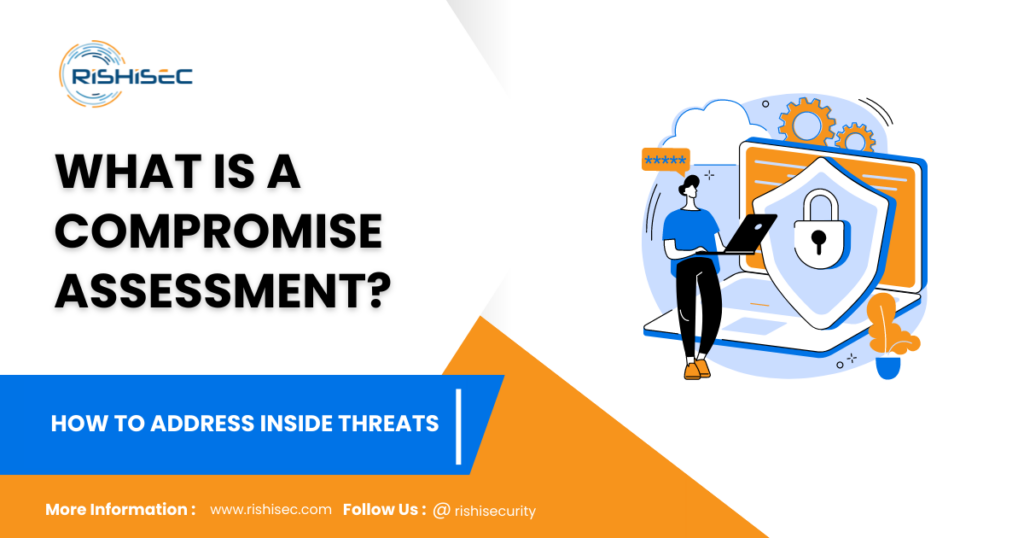Contents
How to Address Insider Threats with Compromise Assessments
In today’s cyber security landscape, insider threats pose a significant risk to organizations of all sizes. Whether intentional or accidental, these threats often stem from employees, contractors, or partners who have legitimate access to sensitive information. In fact, a recent study found that insider threats are responsible for over 34% of all data breaches, making it clear that organizations must be proactive in identifying and mitigating these risks. One powerful tool in addressing insider threats is a compromise assessment.
Understanding Insider Threats

Insider threats are unique in that they originate from trusted individuals with authorized access to critical systems and data. These threats can take many forms, including:
- Malicious insiders: Individuals who intentionally seek to cause harm to the organization, such as stealing data or sabotaging systems.
- Negligent insiders: Employees or contractors who, through carelessness or lack of awareness, create vulnerabilities by mishandling sensitive data or failing to follow security protocols.
- Compromised insiders: Individuals whose credentials have been stolen or misused by external attackers to gain access to the organization’s network.
Each type of insider threat requires a different approach for detection and mitigation, and this is where compromise assessments play a critical role.
What is a Compromise Assessment?

A compromise assessment is a detailed examination of your organization’s systems to determine whether there has been unauthorized access, data breaches, or malicious activities. Unlike routine security measures that monitor for external threats, compromise assessments focus on detecting anomalies that indicate an insider threat is present or has already caused harm.
By conducting regular assessments, organizations can identify suspicious behavior early, mitigate the potential damage, and strengthen overall security posture. However, not all compromise assessments are created equal. For insider threats, the assessment must be tailored to detect more subtle indicators of compromise.
How to Conduct a Compromise Assessment to Identify Insider Threats
To effectively address insider threats, a compromise assessment should focus on key areas:
- Monitor User Activity: Understanding normal behavior patterns is essential to identifying anomalies. For example, if an employee who typically accesses finance systems during work hours suddenly starts accessing them late at night, this could indicate a potential threat.
- Identify Data Exfiltration: Insider threats often involve the unauthorized transfer of sensitive data. Compromise assessments should include monitoring for unusual file transfers, especially to external devices or systems.
- Analyze Authentication Patterns: Sudden changes in login behavior, such as an increase in failed login attempts or access from unusual locations, can indicate that an insider’s credentials have been compromised.
Regular assessments should incorporate automated tools that can continuously scan for unusual patterns and alert security teams in real time. The use of machine learning algorithms can help distinguish between normal deviations in behavior and genuine threats.
Case Study: How a Compromise Assessment Uncovered an Insider Threat
Let’s consider a real-world example. A large financial firm noticed unusual network activity coming from an employee’s workstation after hours. The security team conducted a compromise assessment, revealing that the employee was transferring sensitive customer data to an external email address. By catching the anomaly early, the organization was able to prevent a major data breach and take swift legal action against the insider.
Strengthening Your Security with Insider Threat Programs

Strengthening Your Security with Insider Threat Programs
In addition to regular compromise assessments, organizations should implement a formal insider threat program. This program involves not only technology but also the education and engagement of employees. Here’s how to build a robust insider threat program:
- User Education and Awareness: Train employees on the importance of cybersecurity and how their actions can either protect or harm the organization.
- Access Controls: Limit access to sensitive information based on the principle of least privilege, ensuring that employees only have access to the data they need for their job.
- Behavioral Monitoring: Implement systems that monitor for suspicious behavior without infringing on employee privacy, using compromise assessments as a key component of this approach.
By combining regular compromise assessments with a formal insider threat program, organizations can significantly reduce the risk of insider threats and maintain a strong security posture.
Conclusion: Why Compromise Assessments are Essential for Insider Threat Detection
Insider threats are a growing concern in the cybersecurity world, and traditional security measures often fail to catch them. Compromise assessments offer a powerful tool for detecting insider threats by monitoring user activity, identifying data exfiltration, and analyzing authentication patterns. However, these assessments must be part of a broader strategy that includes employee education, access controls, and continuous monitoring.
If you’re looking to safeguard your organization from insider threats, SentryCA provides a comprehensive solution that integrates regular compromise assessments with advanced behavioral analytics, helping you detect and mitigate insider risks before they escalate.
CTA
Ready to take the next step in protecting your organization from insider threats? Sign up for a free trial of SentryCA today. Our platform offers advanced monitoring, detailed compromise assessments, and real-time alerts tailored to your organization’s unique needs. Protect your most valuable assets before it’s too late.
You may also like this post, Performing a Compromise Assessment with Osquery: The Ultimate Guide


